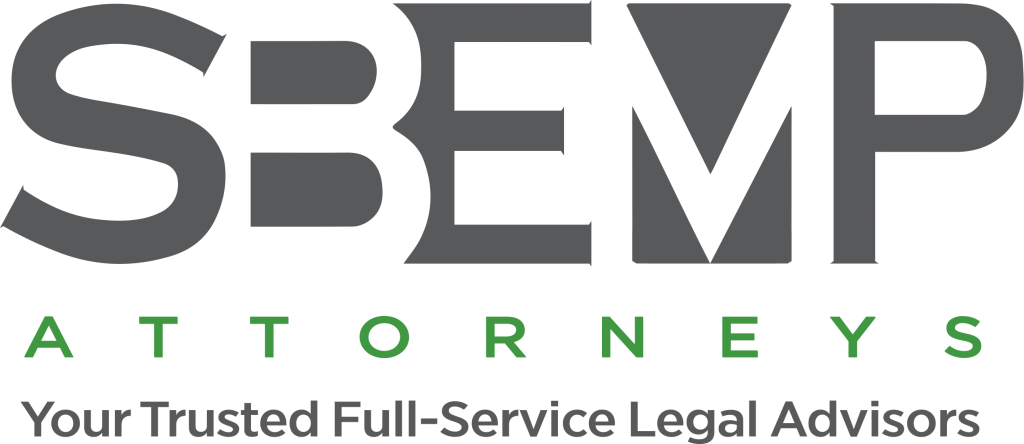Commercial property owners face a range of challenges as they go through Phase I, Phase II, and Phase III site assessments. Owner and tenants face substantial environmental compliance costs on top of site assessments.
Conditions Creating Regulatory Burdens
Any business that uses cleaning chemicals, petroleum products, or pesticides will have reporting and compliance regulations to cope with. Most any food service faces rules for handling fats, oils, and greases. Some businesses also have to have storm water management plans. Of course, any business that handles hazardous materials will deal with many regulations on storing, using, and disposing of those materials.
Three Ways to Cut Environmental Compliance Costs
Most business have to comply with a range of rules that add to operating costs. Those costs can be reduced in a number of ways that vary with the specific industry. Most businesses can save money by using fluorescent bulbs, look for less-toxic versions of cleaners and solvents, and minimize your use of petroleum products on-site, so an SPCC plan isn’t needed.
Consequences of Noncompliance
In brief, non-complaint businesses face potentially huge costs. Those costs can come in several forms:
- Costs associated with selling the business
- Clean-up costs
- Workers Comp claims and suits
- Insurance claim being rejected
- Fines, penalties, and mandatory cleanup costs
Don’t get in legal trouble related to permits, hazard communication, handling of hazardous substances, or environmental disclosures. Contact our Palm Springs environmental compliance law expert who can help you to avoid regulatory trouble.
